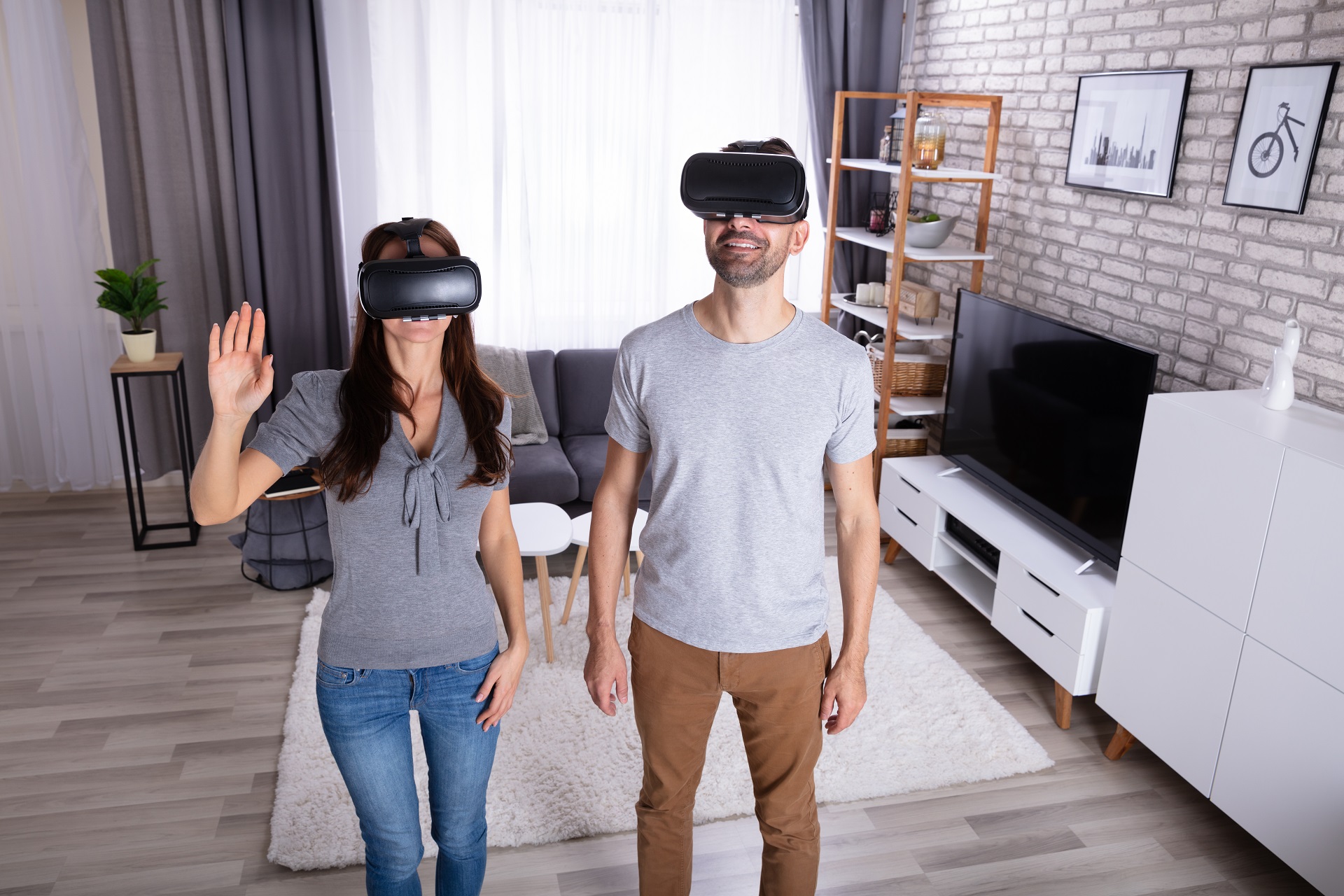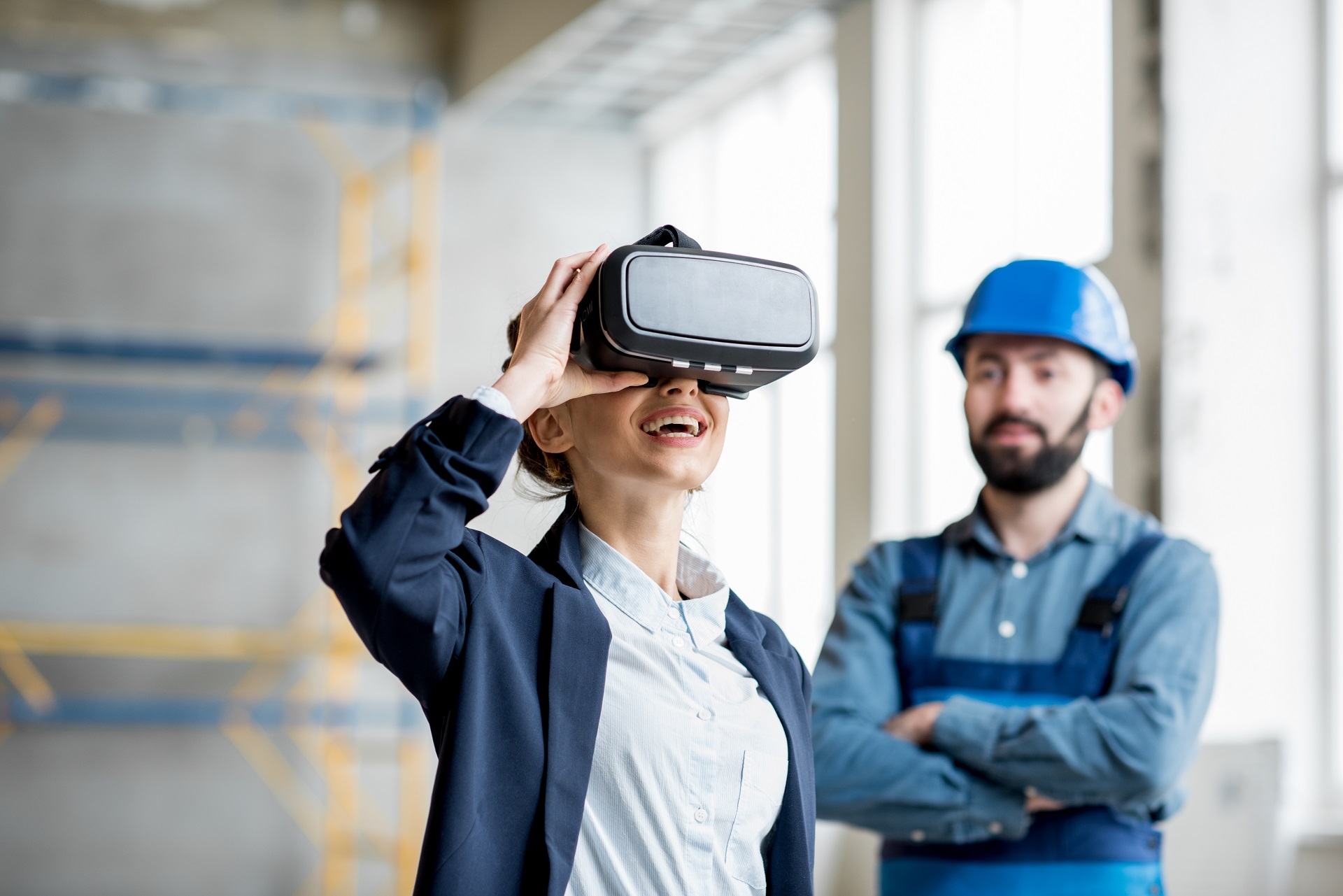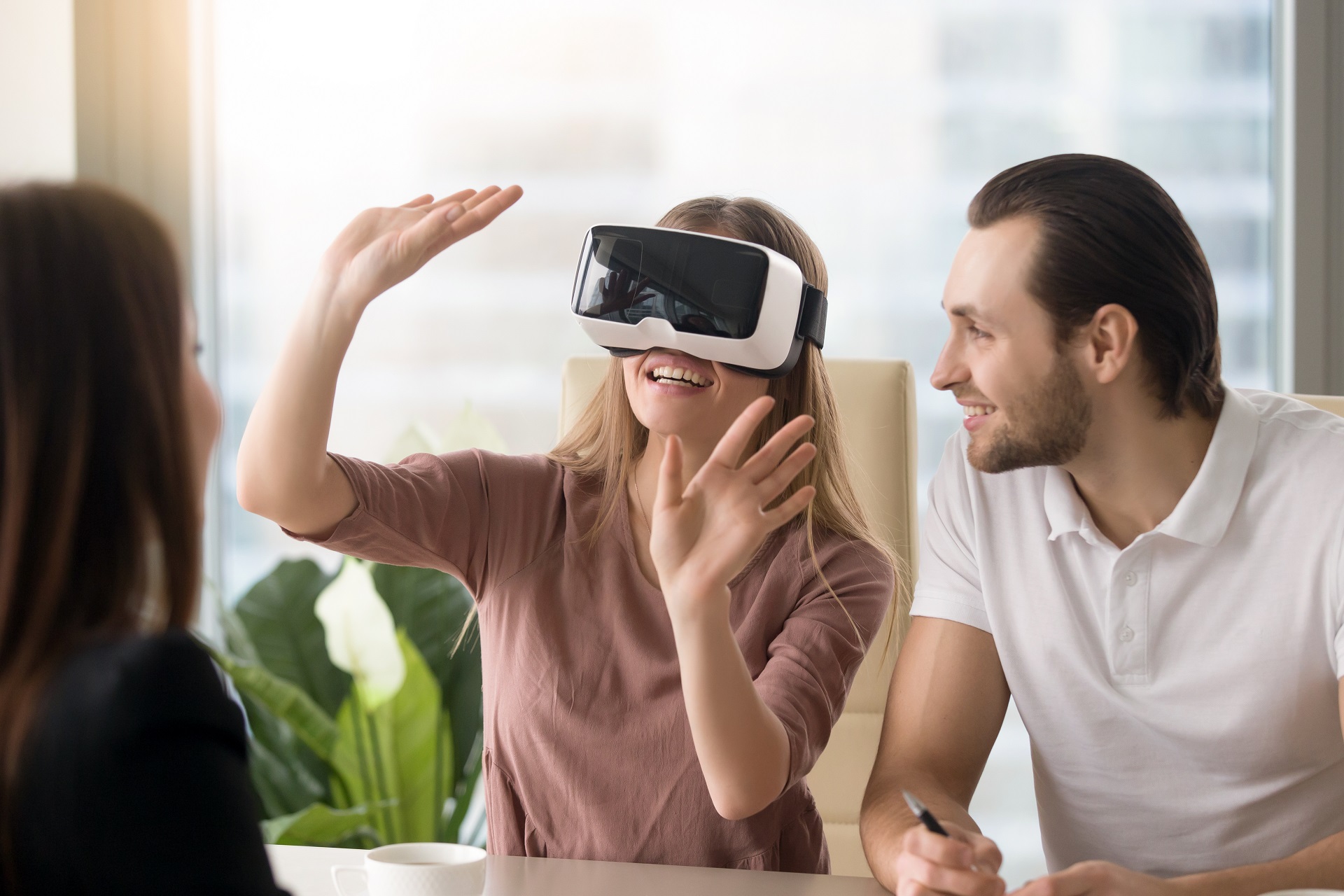Virtual reality technology used to be a costly investment mostly reserved for entertainment. Over time, both VR hardware and software got cheaper and more accessible. Many architecture-adjacent industries have seen the potential of this technology and started adopting it for various purposes in recent years. Realty experts have already been using 3D architectural visualization for a while, so they began experimenting with VR early. Now, using VR for real estate is becoming quite common, for several reasons. Here are 4 ways virtual reality has enhanced realty marketing and changed the industry!
#1. VR is effective for showcasing properties in remote or rural areas

One of the biggest challenges for realty agents is selling properties that are located far from big cities and towns. Oftentimes, even getting there can be a chore, let alone bringing clients for a house viewing. But as more people want to move out of the cities, remote housing is rising in popularity. VR for real estate makes selling such properties much easier.
With virtual reality, potential buyers are able to not just see the house and its neighborhood but also actively interact with them. VR headsets let users look around to see every nook and cranny of realistic 3D models of houses and their surroundings. And, most importantly, VR can be experienced at a realtor’s office or even at home, provided a headset and controllers are available. No need to spend hours driving to the location.
#2. VR helps sell unfinished properties with ease

According to statistics, more than 90% of houses for sale are either under construction or haven’t even reached the foundation stage. Needless to say, selling real estate objects that aren’t completed is a difficult task. Clients need some tangible representation of their dream homes. Normally, a static 3D visualization would do just fine, but customers have become more demanding. They want something new and fresh, especially when it comes to luxury high-end homes.
VR for real estate leaves a lasting impression while presenting projects exactly the way they’ll look when finished. Clients find it both informative and enjoyable to visit their future home in the digital dimension while it is still an empty lot in reality.
#3. VR saves time both for clients and realtors

The real estate business values speed and comfort. Potential buyers can be in other countries or regions, or simply too busy to visit a remote property. As such, realty experts have to make viewing their listings as convenient as possible. VR for real estate is a massive help for this task.
In essence, a virtual reality tour is exploring a fully realistic 3D model of a building adapted for VR software use. This means that all a person needs to do is download the files to their PC or laptop, plug in a VR headset, and dive in. This way, potential buyers can get a full tour of a property without having to visit it or even taking a trip to a realty developer’s office. Of course, the customer will want to visit the place eventually. But real estate VR is a solid marketing tool that will help them make this decision. This way, it frees up precious time both for clients and realty professionals. There are always more real estate advertising campaigns to start and new projects to develop while prospects view properties in virtual reality.
#4. VR for real estate offers unparalleled immersion

If there’s one thing virtual reality for real estate excels at, it’s immersion. Even the basic VR space with no interactivity is a memorable experience. But it can go further than that. By adding interactive elements, like doors, appliances, and scene changes, the exploration can be enhanced drastically. With a push of a button, customers will be able to change the color of walls, lighting, time of the day, or weather outside. Using controllers, which become more intuitive and natural each year, it’s possible to touch, pick up, and move objects around. These are the features that are currently available.
Several full-dive VR technologies are already in the prototype stages, such as simulating touch, smell, and other senses. Just imagine the possibilities! Visiting a rural house on sale, walking through a garden, smelling the flowers, and feeling the breeze – all that without leaving the comfort of one’s home!
Get your project estimated in just 1 hour - fill out this brief!
VR has advanced radically in the past few years and keeps pushing the limits. It offers incredible immersion in realty development marketing. Clients can walk around their future homes as if they already live in them even when they are still under construction. A house is in a remote or rural area? No problem, VR for real estate can be used from an office or even from home. VR saves time not just for customers, but for realty professionals too, giving more opportunities to work on other important tasks.
Need 3D modeling of properties to use with VR software? Order 3D visualization services and use cutting-edge technology to sell houses with ease!

Catherine Paul
Content Writer, Editor at ArchiCGI
Catherine is a content writer and editor. In her articles, she explains how CGI is transforming the world of architecture and design. Outside of office, she enjoys yoga, travelling, and watching horrors.



